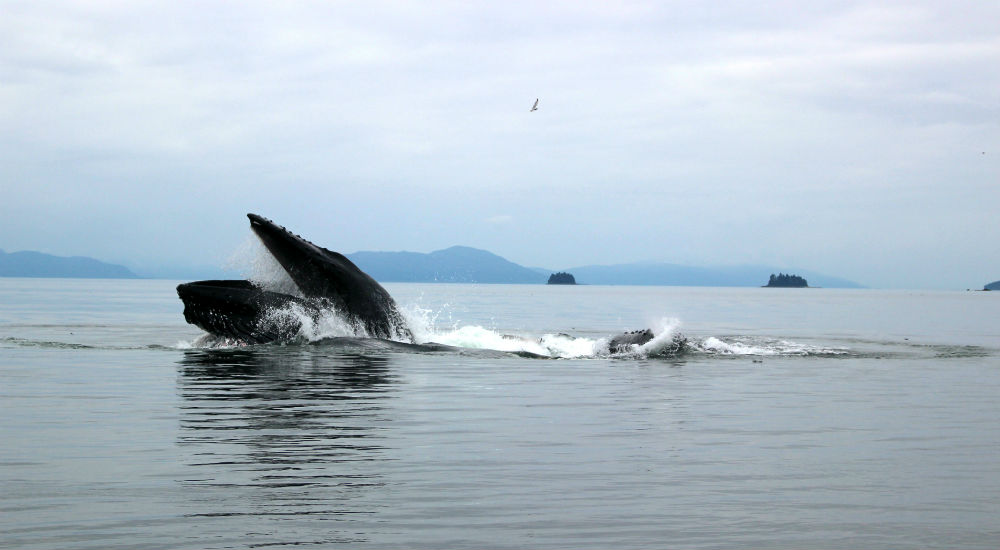
A final federal rule designating critical habitat for some populations of humpback whales in the Pacific Ocean is due by January 15. A court settlement had set a due date for earlier this year. But the parties in that lawsuit agreed to push back the deadline because of substantial public comment and the COVID pandemic.
In 2016, the National Marine Fisheries Service revised its listing for humpbacks under the Endangered Species Act, splitting the global population into 14 segments and determining that most but not all of those had recovered from near extinction. The federal agency at that time decided four of the population segments have not recovered enough and should still be listed as threatened or endangered. By law that decision requires designation of critical habitat, areas important to the preservation of those populations with low numbers.
Several environmental groups sued in March 2018 to force that designation. NMFS settled the case with those groups, the Center for Biological Diversity, Turtle Island Restoration Network and Wishtoyo Foundation, agreeing to a deadline of September of this year.
“Critical habitat can be really important for bringing back our humpback whales to their full robust populations that they were pre-whaling and so species with habitat protections are twice as likely as those without it to be in recovery and we’re really hoping to get the humpbacks back to that level,” said Miyoko Sakashita, oceans program director for The Center for Biological Diversity.
NMFS issued a proposed rule last year to designate thousands of square miles off the coast of Alaska, Washington, Oregon and California for populations of whales that range into the waters off Mexico, Central America and the western North Pacific Ocean. And it identified some of the threats to these whale populations, including fishing gear entanglement off Washington, Oregon and California.
“I think what we’re looking for is really smart management and there are important steps that can be taken to address issues with whales getting entangled and the other big threat to humpback whales are ship strikes,” Sakashita said.
Sakashita noted the whales are already a protected species under federal law and she does not expect big changes for fisheries management with the habitat designation.
Commercial and sport fishing interests don’t agree and point to closures in federal fisheries off Alaska to protect other listed species like Steller sea lions. They’re also concerned with impacts to state managed fisheries for herring, one food for humpbacks. And they say the populations in question spend little time in Southeast Alaska, while the whales that are here are thriving.
The federal agency received thousands of comments both for and against the rule. It also took testimony in six hearings from California to Alaska. One of those was in Petersburg last January. At that, Southeast commercial fishermen across gear groups united against habitat designation and asked for the region to be excluded from the rule. The habitat designation also drew opposition from Southeast Alaska municipalities, commercial and sport fishing groups, the oil and gas industry, the state of Alaska and the Mexican government.
The designation will force federal agencies to show any proposed actions do not affect or destroy critical habitat.
In July NMFS sought to push back the September deadline because of an extended comment period and the volume of comment, the additional hearing and impacts from the health pandemic. The plaintiffs in that suit agreed and the new deadline for a final rule is now January 15.
NMFS has already designated critical habitat for other whales in waters off Alaska, northern right whales in the North Pacific and beluga whales in Cook Inlet.









